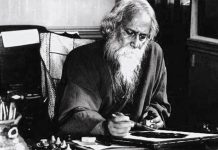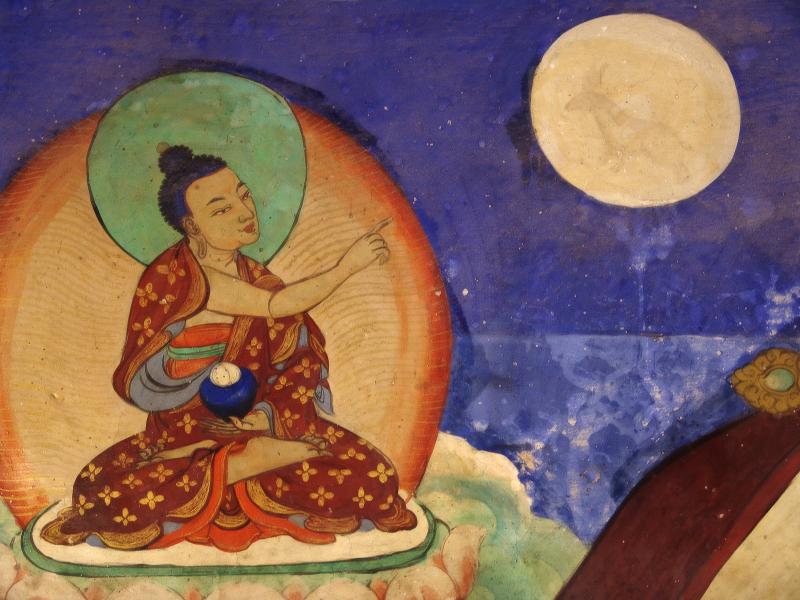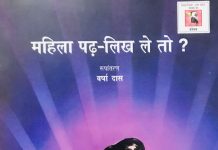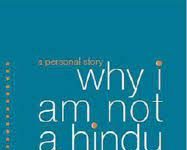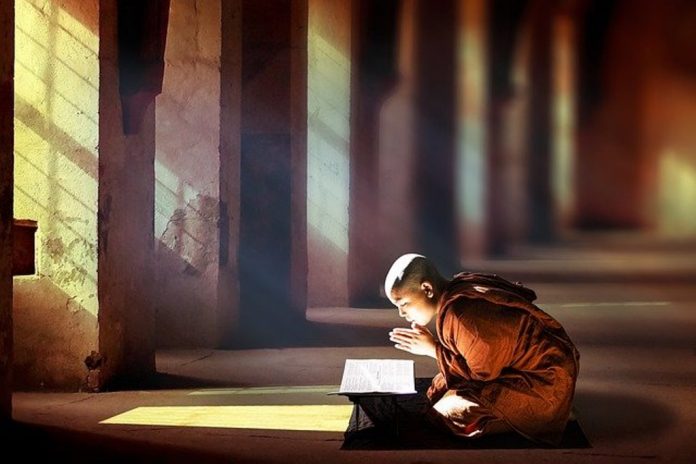
As a result of your having investigated the nature of the “I” and other phenomena, you know that they appear to exist inherently, but you understand that they are empty of inherent existence, just as an illusion conjured up by a magician does not exist the way it seems. As Nagarjuna says in his Precious Garland of Advice:
A form seen from a distance
Is seen clearly by those nearby.
If a mirage were water,
Why is water not seen by those nearby?
The way the world is seen
As real by those afar
Is not seen by those nearby,
For whom it is insubstantial, like a mirage.
A face in the mirror appears to be a face, but this image is not a real face in any way; it is from all viewpoints empty of being a face. Likewise, a magician can conjure up illusions that seem to be certain things, like a person in a box being skewered by a sword, but they are not at all established as those things. Similarly, phenomena such as bodies appear to be established from the objects’ own side but are empty of being established that way and always have been.
It is not that phenomena are illusions; rather they are like illusions. Even if a mirror image of your phase is not really your face, the reflection is not utterly nonexistent. Through its appearance you can understand how your actual face looks. Similarly, although persons and things are empty of existing the way they appear to be established in their own right, they are not utterly nonexistent; they can act and can be experienced. Therefore, being like an illusion is not the same as appearing to exist but actually not existing, like the horns of a rabbit, which do not exist at all.
The eyes of those attending a magic show are affected by the magician’s tricks, and through this deception, the audience thinks it sees horses, elephants and so forth. In a similar way, by going along with the appearance of inherent existence, we exaggerate the status of good and bad phenomena, and are thereby led into desire and hatred and actions accumulating karma. What is not an inherently existent “ I” appears to be an inherently existent “I”, and we accept the appearance as given.
SOURCE: Dalai Lama, How to See Yourself As You Really Are: A Practical Guide to Self-Knowledge, Rider, London, 2007.

